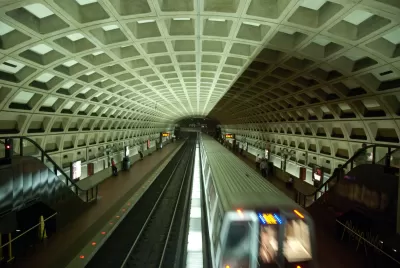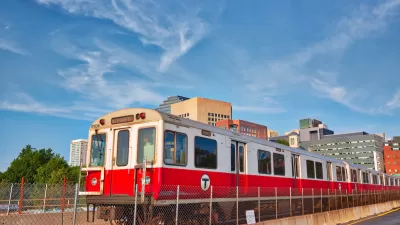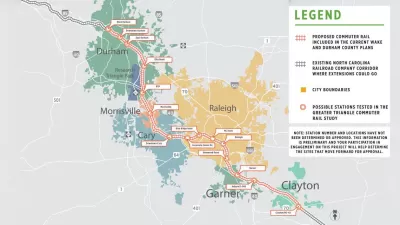The nation's second-largest transit system—and one of its newest—persists in the face of a host of challenges exacerbated by the pandemic.

Jake Blumgart interviews Zachary Schrag, author of The Great Society Subway, about the history of the ambitious Washington Metro system, which Blumgart calls "arguably the only comprehensive rapid transit system built in America after the rise of mass car ownership."
According to Schrag, officials at the time of its construction in the 1970s hoped it would provide a model for other cities. From its inception, the system had to compete with driving by providing ample amenities and attempting to serve both regional commuters and urban residents. Schrag notes that Metro committed to a more transit-oriented approach than other cities, making transit more convenient and raising the cost of driving and parking. Cities that build highways and parking alongside transit reduce the incentive to take public transportation and make the built environment less friendly to walking and biking.
Today, the system may struggle to accommodate new travel patterns. "What heavy rail is really, really good at is getting a lot of people to the same place at the same time," says Schrag. The challenge of providing service at off hours may only grow as work and mobility behaviors change.
Ultimately, says Schrag, massive infrastructure projects like Metro—or the Brooklyn Bridge, or the Erie Canal—require major investments in the future that Americans seem less willing to make.
FULL STORY: Lessons from Washington Metro, America’s Last Great Subway System

Alabama: Trump Terminates Settlements for Black Communities Harmed By Raw Sewage
Trump deemed the landmark civil rights agreement “illegal DEI and environmental justice policy.”

Planetizen Federal Action Tracker
A weekly monitor of how Trump’s orders and actions are impacting planners and planning in America.

The 120 Year Old Tiny Home Villages That Sheltered San Francisco’s Earthquake Refugees
More than a century ago, San Francisco mobilized to house thousands of residents displaced by the 1906 earthquake. Could their strategy offer a model for the present?

In Both Crashes and Crime, Public Transportation is Far Safer than Driving
Contrary to popular assumptions, public transportation has far lower crash and crime rates than automobile travel. For safer communities, improve and encourage transit travel.

Report: Zoning Reforms Should Complement Nashville’s Ambitious Transit Plan
Without reform, restrictive zoning codes will limit the impact of the city’s planned transit expansion and could exclude some of the residents who depend on transit the most.

Judge Orders Release of Frozen IRA, IIJA Funding
The decision is a victory for environmental groups who charged that freezing funds for critical infrastructure and disaster response programs caused “real and irreparable harm” to communities.
Urban Design for Planners 1: Software Tools
This six-course series explores essential urban design concepts using open source software and equips planners with the tools they need to participate fully in the urban design process.
Planning for Universal Design
Learn the tools for implementing Universal Design in planning regulations.
Clanton & Associates, Inc.
Jessamine County Fiscal Court
Institute for Housing and Urban Development Studies (IHS)
City of Grandview
Harvard GSD Executive Education
Toledo-Lucas County Plan Commissions
Salt Lake City
NYU Wagner Graduate School of Public Service





























